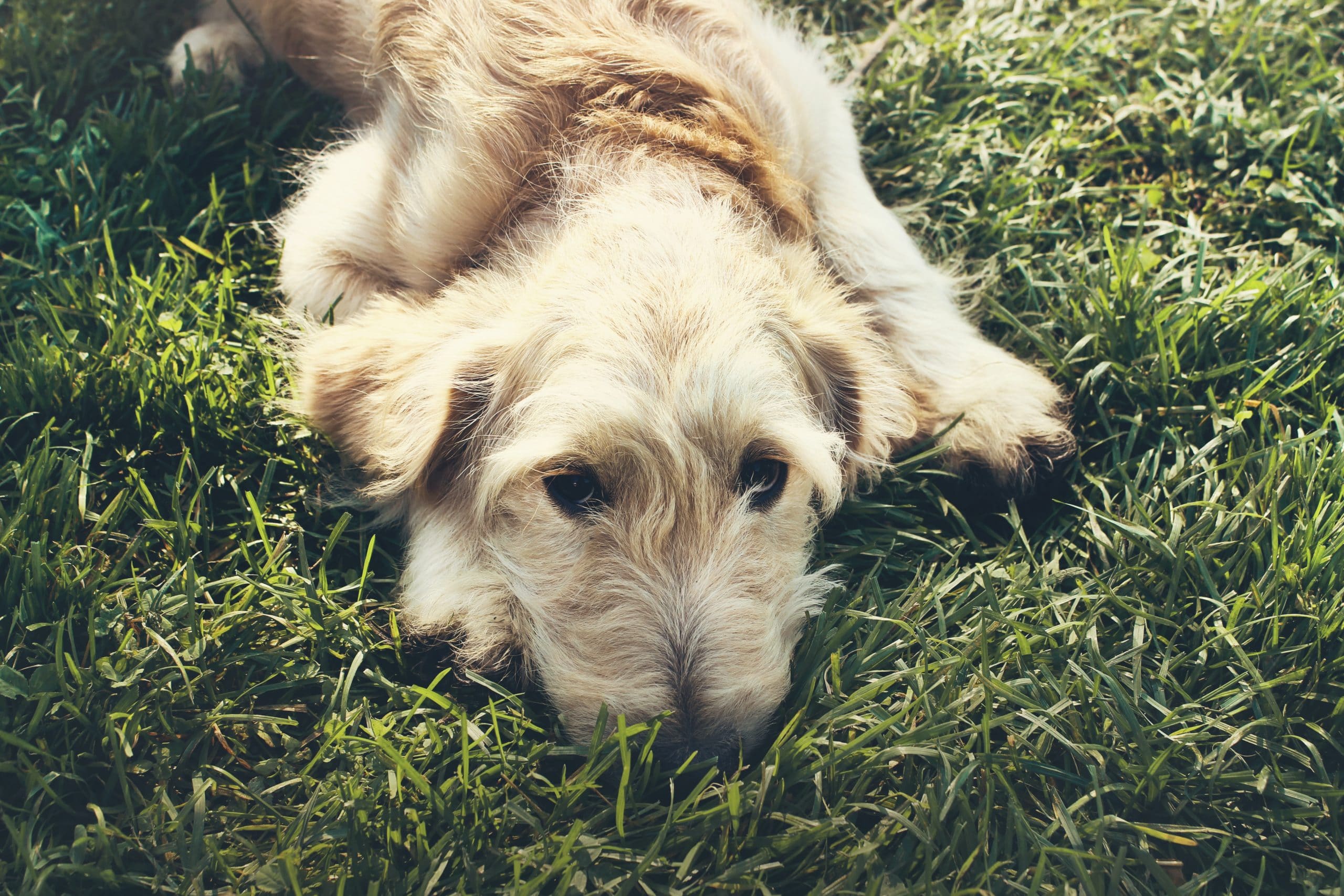
29 Mar Cane Toad Poisoning – What You Need to Know
Cane toads are an introduced species in Queensland, which have quickly become commonplace in the average Queensland back yard. Unfortunately, that’s not great news for your pets – many curious cats and dogs have ended up seriously affected by cane toad poisoning.
Let’s look at why cane toads are poisonous to your pets, and what you need to do if your beloved furry friend come into contact with one of them.
Queensland Pests
Cane toads are poisonous to pets at all stages of their life cycle, but the time your furry friends are most likely to encounter them is as adults, hopping through your back yard. Even dead cane toads can still be poisonous, so at any life stage whether dead or alive, it’s best to keep your pets far away.
Dogs are most at risk for cane toad poisoning due to their curious natures and instincts to chase, but cats can occasionally come into contact with the introduced species. If you notice your pet showing signs of cane toad poisoning, it’s important to get them to a vet as soon as possible.
About Cane Toads
Cane toads are non-natives, and were introduced to Australia in an attempt to control a species of cane beetle that was threatening the sugar cane industry. They weren’t very effective at that, but they were very good at multiplying – now found all over Queensland, northern New South Wales, and some part of the Northern Territory and Western Australia.
Their colour can vary from grey, yellowish, or mottled brown, with a pale speckled stomach. They’re heavily built and have large swellings behind their ears called paratoid glands – this is where their poison is made and stored.
Cane Toad Poisoning
Pets are most often poisoned when the cane toad comes into contact with their mouths, and they ingest the toxins. The toxin can travel through the eyes, nose, gums, and mucous membranes of your pet, so they don’t have to swallow it to be affected.
These signs and symptoms can include:
- Drooling or foaming at the mouth
- Red and slimy gums
- Pawing at mouth
- Vomiting
- Disorientation
- Dilated pupils
- Increased heart rate
- Panting or difficulty breathing
- Wobbly gait or loss of coordination
- Muscle twitches and tremors
- Part of body (legs) or whole body going rigid
- Seizures
- High body temperature
- Death
If you know your pet has been in contact with a cane toad, or you notice any of the signs of cane toad poisoning, it’s vital that you act quickly. Use a damp cloth to remove as much of the slimy residue as possible – this can take time, but it’s absolutely important. You should then bring them to the vet to ensure they get the best care possible.
Protecting Your Pet from Cane Toad Poisoning
Here at Castelan, we have secured premises, excellent supervision of your pets, and a 24/7 vet on call in the unlikely event that your pet might need attention. It’s just another reason that pet boarding is so important while you’re away – you never know what might happen if you’re not there to provide the same level of care your pets are used to.
With the wetter weather here in Brisbane and the prolific spread of these introduced pests, it’s more important than ever to be able to recognise the signs of cane toad poisoning and to get your animal reviewed as soon as possible if you notice them.


No Comments